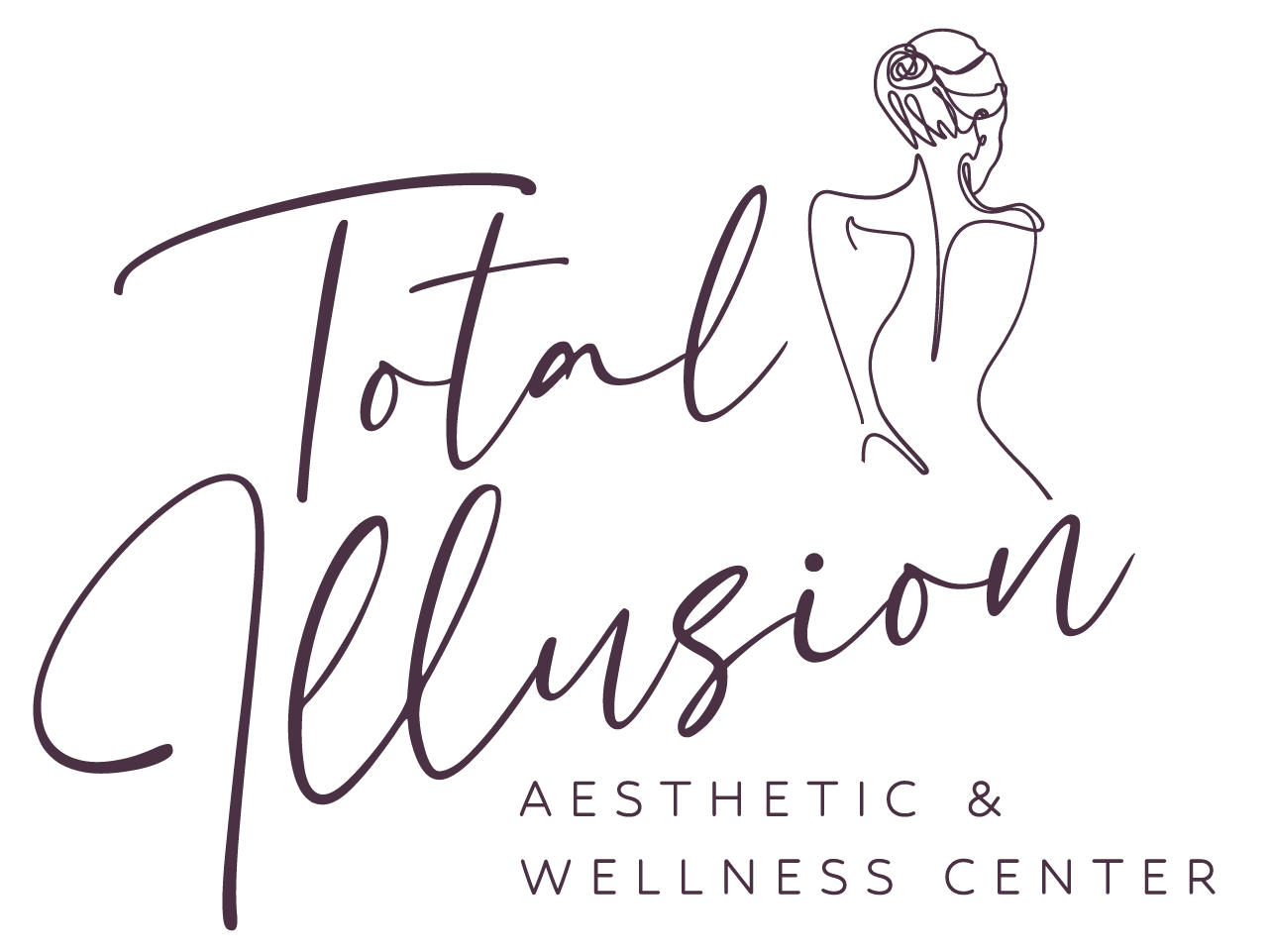Getting rid of stubborn cellulite
Nine out of ten women report being bothered by cellulite at some point in their life. And many find ridding themself of cellulite a challenge.
When it comes to treating cellulite, there is no single therapy but rather a combination of therapies targeted at the different components that make up cellulite.
But before we get to the treatment, we need to understand what causes cellulite. The common misconception is that if I eat a healthy diet and workout, I can get rid of cellulite or prevent it from forming. The truth is that cellulite does not discriminate based on body habitus or lifestyle. It can affect young or old, thin or heavy.
When it comes to the formation of cellulite, there are 3 main players: (1) the skin; (2) the fibrous septae; (3) the fat cell. I will discuss each one of these individually since our treatment options focus on targeting these components.
SKIN
Thinning of the skin either due to genetics or from loss of elasticity and collagen due to aging. The skin is not strong enough to withstand the downward force exerted by the septae. Also, those with chronic inflammation can have a loss of thickness to their skin.
In fact, there is an average of 0.3% thinning per year in a healthy individual
Women can lose 30% of dermal collagen in the 5 years after menopause
Treatments focused on the skin
Laser therapy
Acoustic wave therapy
RF microneedling
Dermal fillers and collagen stimulators
FIBROUS SEPTAE
The fibrous septae shorten and thicken over time causing a downward pull on the skin. The pulling from these tight bands results in the dimpling appearance. There is a large genetic component to the development of thickened bands. Typically if your mother had cellulite, you will likely develop it too. Also, in women, the septae are arranged straight up and down, whereas in men, they are at an angle, therefore, there is less pull on the skin resulting in men having less cellulite than women.
Treatments focused on the septae
Subcision
Laser therapy
Injectable collagenase clostridium histolyticum (QwoTM)
FAT CELL
Women have larger and wider fat cells which result in a tighter compartment between septae. This increased volume between bands causes an upward pressure on the skin. Combined with the downward pressure from the tight septae, a outpouching is created. This results in the dimpling caused by the septae and the bumps caused by the pressure from the enlarged fat cells. Hormones such as insulin, estrogen and prolactin also exert an effect on these cells. There can also be an increase in new fat cell production.
Treatments focused on the fat cells
Liposuction
Cold-assisted lipolysis (i.e. CoolsculptingTM)
Radiofrequency therapy
Focused ultrasound energy(i.e. UltraShapeTM)
There are also hybrid devices such as VelaShape® which combine several of these modalities to treat all three of the components of cellulite.
Moderate to severe cellulite can be quite challenging and from experience, I have found a hybrid approach to be the most successful. In my practice, VelaShape® has been thus far, the most effective at treating a wide range of cellulite. Adding Qwo™ takes cellulite treatment to the next level, giving us a highly effective tool at smoothing this very difficult form of cellulite.





